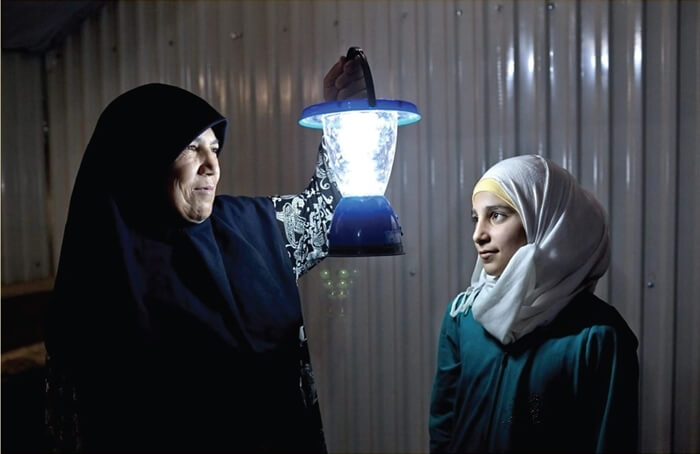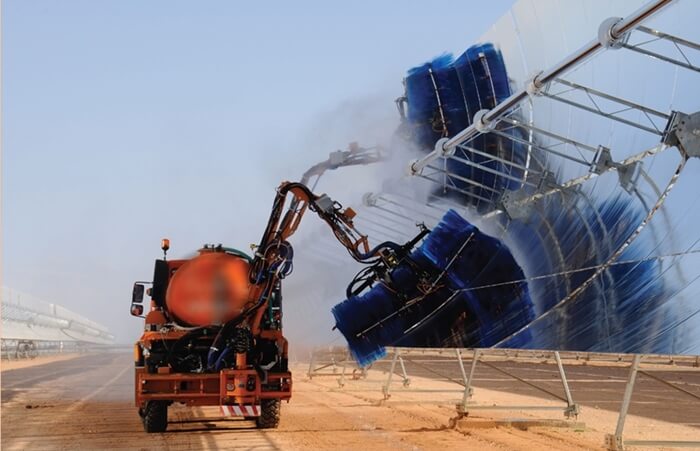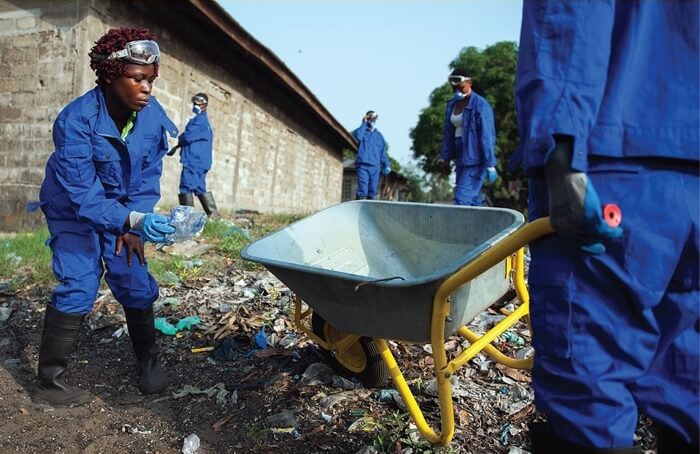Excerpt from euronews.com
Shetland, a group of islands off the coast of Scotland, is doing what we should all be doing: working with not against nature. It is making the most of being the windiest place in the UK by using this natural resource to create energy.
The archipelago will soon have the most productive onshore wind farm in the country. Despite the Islands’ gusty credentials – racking up 14.6 knots on average – they currently rely on a diesel power station.
Europe’s energy crisis has driven home a number of geographic ironies for Shetlanders. Their fortunes have been boosted by the discovery of oil-rich seabeds in the surrounding North Sea and Atlantic since the 1970s, yet the population has one of the highest fuel poverty rates in Britain.
It is understandable that some want quick fixes, and expect to find them by drilling for more domestic fuel. But as a new report from UK think tank Green Alliance makes clear, squeezing the last drop of oil and gas from these dwindling reserves isn’t just disastrous for those on the frontlines of climate change – as this week’s IPCC report makes clear – it’s bad economics.
Shetland is headed for net zero
With such extraordinary assets, this archipelago has the chance to rewrite its energy usage in a big way. Viking Energy’s 103 turbine wind farm, led by SSE Renewables, has been in the works for more than a decade. Once the long blades meet Shetland’s forceful currents on the central mainland in 2024, it will be the UK’s largest onshore site by output, with a 443MW capacity.

Island Innovation is a social enterprise and digital media company at the intersection of sustainable development and communications, offering specialised services across various sectors. We bring together the private sector, government, utilities, NGOs and universities to advance innovation for sustainability and prosperity in islands worldwide.















